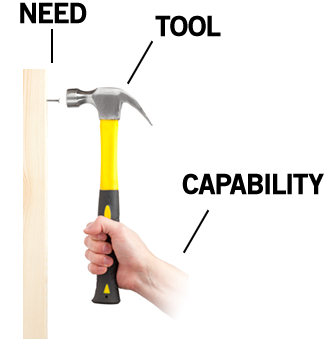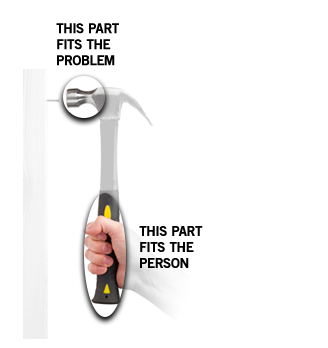Un asunto interesante acá es cómo y hasta dónde un sistema de computo permite cuestionar los supuestos que le dieron forma y función. Grafoscopio, por ejemplo, elige actualmente una metáfora arbórea para la escritura, pero podría escribirse de otra manera. Esta metáfora inicial, ensamblada en un metasistema (Pharo) puede ser cuestionada, ya que introduce los conceptos y prácticas que la hacen posible, pero también la idea de que puede ser cambiada y reexaminada, en la medida en que el sistema mismo permite dichas recombinaciones. A su vez, Pharo es constantemente extendido y minimizado: hay más módulos que enriquecen un conjunto, cada vez más mínimo del sistema. De hecho, Pharo empezó como una "agresiva" labor de reingeniería sobre Squeak, para lograr dicha minimización del núcleo que facilitara la evolución de los módulos.
Incluso, se podría pensar en llevar este asunto aún más allá: cuanto del paradigma y las prácticas en las que se inspira Pharo pueden ser cuestionadas o reconfiguradas: lo objetual?, la máquina virtual?, la sintaxis?, la semática o la prácmática (véase Collaborative Object Lambda Architecture).
Dichos niveles de flexibilidad no fueron percibidos en sistemas multicapa de complejidad incidental como IPython o web2py.

